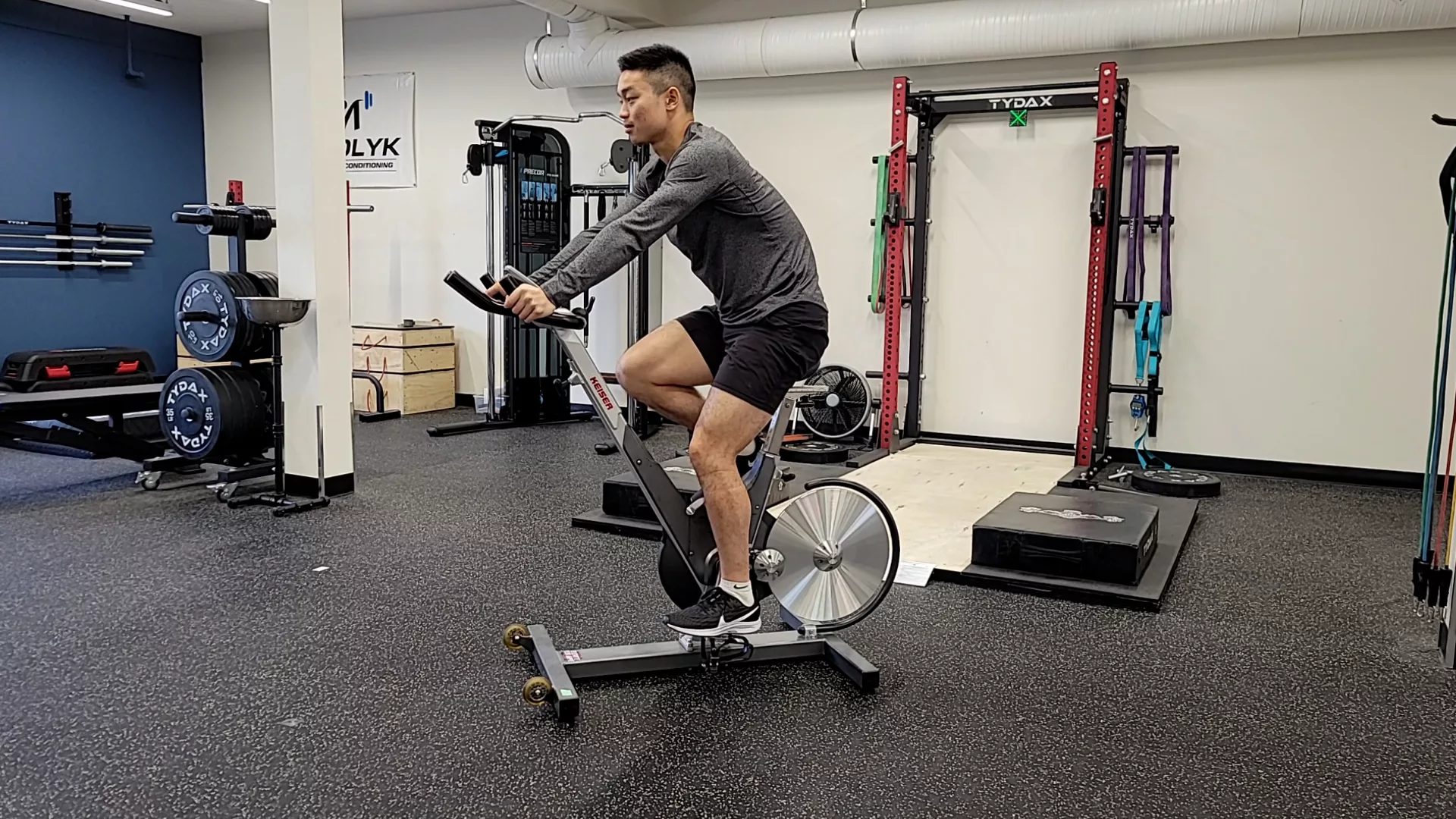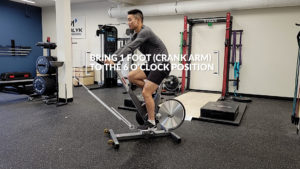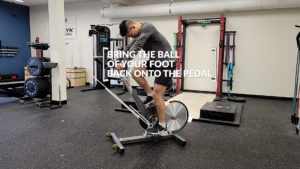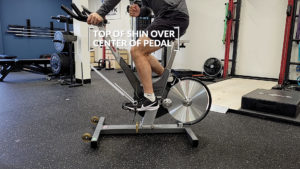
Optimize Your Spin Bike Setup for Maximum Comfort and Performance: A Step-by-Step Guide
Are you a regular spin bike enthusiast? If so, optimizing your setup is key to achieving maximum comfort and power output during your workouts. Today, we’ll guide you through three simple steps to help you find the perfect fit on your bike. Let’s dive in!
Step 1: Finding the Ideal Seat Height
To start, let’s focus on finding the ideal seat height. Begin by placing one foot at the 6 o’clock position and ensuring that your heel is over the center of the pedal. In this position, your knees should be straight. To double-check, bring the ball of your foot back onto the pedal, and you should feel the perfect amount of knee bend. Remember, if the seat is too high, it can cause excessive motion in your lower back and hips, leading to potential pain or discomfort.




Step 2: Adjusting the Seat’s Fore-Aft Position
Moving on to step two, it’s time to set the seat forward or backward, also known as adjusting the seat’s fore-aft position. Start by placing one foot in a horizontal position relative to the floor. The optimal fore-aft position will have the top of your shinbone directly over the pedal’s center. It’s important to find the right balance here. A seat that’s too far forward can strain your knees, while a seat that’s too far back may cause back or hip pain. Finding the right position is crucial for a comfortable and injury-free ride.


Step 3: Achieving the Correct Handlebar Position
Lastly, let’s discuss step three: adjusting your handlebars. The correct handlebar position will have your shoulders at a relaxed 90-degree angle with a slight bend in the elbows. This position ensures proper posture and reduces unnecessary strain on your upper body. Maintaining a comfortable and aligned position will greatly enhance your riding experience.

Once you’ve found your ideal riding position, it’s highly recommended to document your settings. Take note of the seat height, seat fore-aft position, and handlebar adjustments. This way, you can easily replicate the same fit every time you hop on the bike, enhancing your overall riding experience and preventing any discomfort.
Remember, a well-adjusted stationary bike can make all the difference in your workout routine. By following these three steps to optimize your spin bike setup, you’ll be on your way to achieving a customized and comfortable fit that maximizes both your performance and enjoyment.
Happy cycling!

